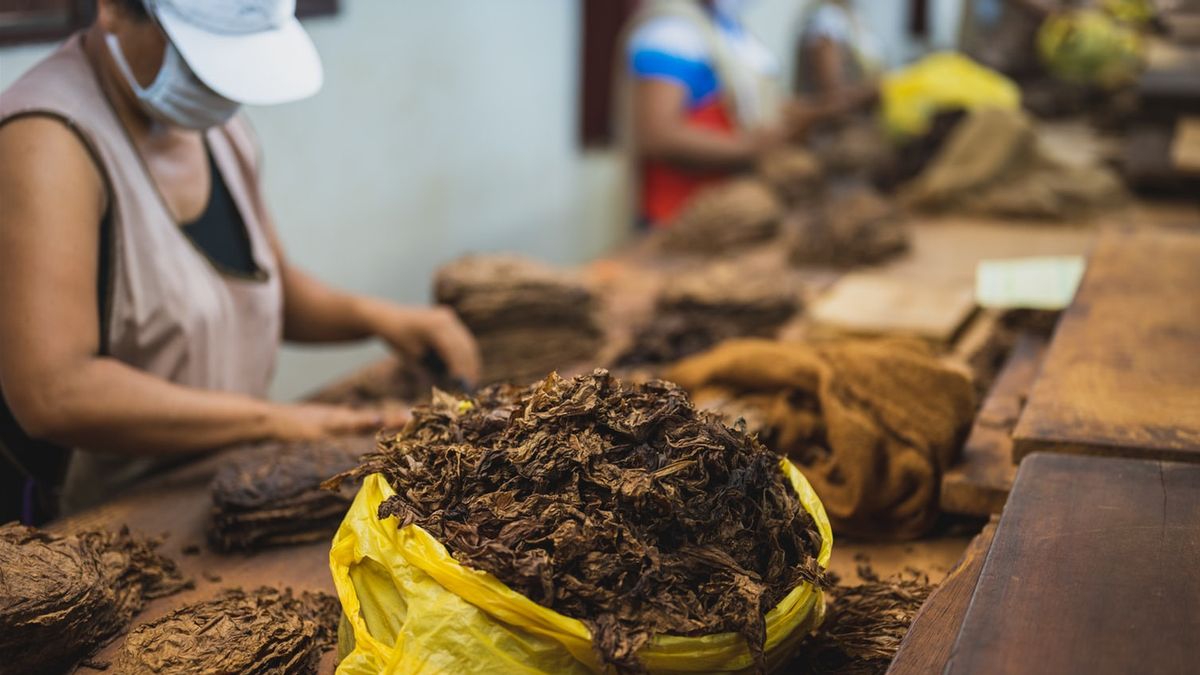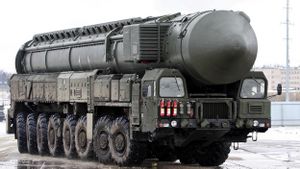JAKARTA - The government is expected to create regulations and policies that support the sustainability of the national Tobacco Products Industry (IHT) sector. The Tobacco Products Industry is one of the domestic strategic sectors that continues to make a significant contribution to the economy.
Apart from contributing to state revenue, this sector is also active in assisting the absorption of labor, especially in groups of people with relatively low education and limited skills.
World Bank research in 2018 states that the distribution of areas in terms of providing employment in tobacco manufacturing is 94 percent concentrated in Central Java, East Java and West Nusa Tenggara. More specifically, there are several regions that largely depend on the absorption of labor in IHT such as Kudus (30 percent), Temanggung (27.6 percent) and Kediri (26 percent).
Currently, the tobacco industry in Indonesia has three types of legalized tobacco production, including Hand-Kretek Cigarettes (SKT), Machine White Cigarettes (SPM) and Machine-Made Kretek Cigarettes (SKM). The majority of workers in IHT are dominated by women, who are young to middle age.
"When it comes to gender division, our IHT sector absorbs a lot of female labor, especially in the production of hand-rolled kretek cigarettes (SKT). SKT as a processed tobacco product is one of the employment options for many women who do not have the opportunity to continue to the next level. higher education, "said Djoko Wahyudi, chairman of the Association of Indonesian Cigarette Production Partners (MPSI), in a statement received by VOI, Friday, March 27.
According to Djoko, this long supply chain has made the IHT sector very strategic in reducing regional unemployment. The IHT sector from upstream to downstream absorbs more than 6 million direct workers.
"For the MPSI association itself, the workforce is around 100,000 spread across Java Island and most of them are dominated by women. Therefore, in the midst of the increasingly challenging conditions of the tobacco industry, the government should make policies that can maintain the sustainability of the tobacco industry business," he explained.
Low education and limited skills make it more difficult for workers to be absorbed in other sectors, if the IHT sector is getting worse. In fact, many of them are the backbone of the family.
The vulnerability of women workers to the decline in CPI every year needs to be taken into consideration by the government. The imposition of tobacco product excise (CHT) of 23 percent and 35 percent of the Retail Selling Price (HJE) which was inaugurated at the beginning of the year also indirectly contributed to the sluggish performance of the industry which had an impact on efficiency.
In the monthly discussion of the Center for Population and Policy Studies (PSKK) Universitas Gadjah Mada (UGM), Dr. Ratna Saptari explained her research in the cities of Surabaya and Jombang.
"Most of the women who work as laborers in the hand-rolled kretek cigarette industry are women. They make IHT the main source of income for the family. In addition, many of them have worked as laborers for more than 10 years," said Ratna.
When asked about protection from the government, the Head of the Sub-Directorate for Tobacco Products and Refreshments at the Ministry of Industry (Kemenperin), Mogadishu Djati Ertanto, admitted that it is not easy for the government to revise policies that impact millions of workers in IHT.
Based on data from the Ministry of Industry, currently the number of cigarette manufacturers operating in Indonesia is around 700, ranging from small-scale factories to large industries that employ around 700 thousand workers. In addition, the number of tobacco farmers who supply IHT raw materials is 500 thousand-600 thousand people, plus more than 1 million clove farmers.
"Not to mention the people who trade cigarettes, and workers in the retail sector. Of course, it is not easy to revise policies that will have an impact on the national IHT. Moreover, in 2018 IHT contributed to state revenue in the form of excise around IDR 180 trillion and taxes IDR 190 trillion. So almost 10 percent of our APBN is funded by IHT, "he said.
The Ministry of Industry (Kemenperin) noted that the total workforce absorbed by the cigarette industry sector was 5.98 million people and was dominated by women. The composition consists of 4.28 million workers in the manufacturing and distribution sectors, and the remaining 1.7 million work in the plantation sector.
The daily chairman of the Holy Cigarette Companies Association (PPRK), Agus Sarjono, said that the labor absorption in the IHT sector is large and 80 percent are female workers.
"For PPRK members, 60,000 to 70,000 workforce, mostly women. With limited skills, we will train prospective workers to make high quality products," said Agus.
Agus hopes that the government can make regulations that protect the IHT sector because it absorbs a lot of labor. Currently, economic conditions are still unstable, so people's purchasing power will decline.
"As a result, there will be efficiency in spending by cutting a number of components. Both from the production component and labor or layoffs," he said.
Agus also added, if the cigarette industry is constantly battered by the issuance of adverse policies, it will have an impact on employee layoffs.
"The rules governing the IHT sector should not change every year so that the welfare of workers in this sector can be more secure," he said.
The English, Chinese, Japanese, Arabic, and French versions are automatically generated by the AI. So there may still be inaccuracies in translating, please always see Indonesian as our main language. (system supported by DigitalSiber.id)













